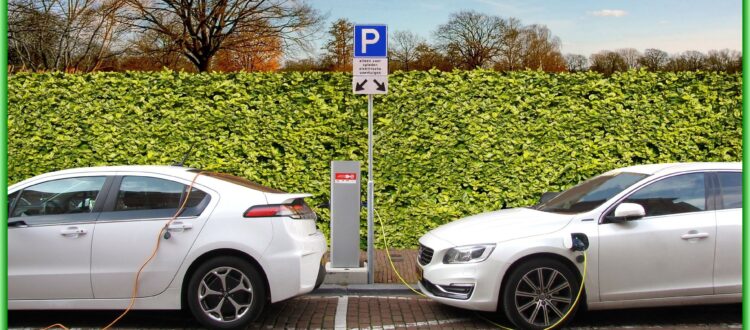2022 CalGreen Code EV Charging Requirements
2022 CalGreen EV Charging Requirements

You are not alone if your are struggling to understand the new CalGreen Code electric vehicle charging requirements. Why can’t the code officials just say what they mean???
In this article we will explore the 2022 CalGreen EV charging requirements for both residential and non-residential projects. We will address the Mandatory Measures only. To learn more about the Tier 1 and Tier Voluntary Measures see our article “The 2022 CalGreen Tier 1 and 2 EV Requirements“.
The California Green Building Standards Code, also known as “CalGreen”, goes through an update and approval process by the California Energy Commission (CEC) every three years. Once the CEC approves the changes they are submitted to the California Building Standards Commission for ratification into state law.
The latest update, 2022 California Green Building Standards Code, goes into effect as of January 1, 2023. The California Energy Commission has chosen to significantly increase the Mandatory Measures for electric vehicle charging requirements for new residential and commercial buildings. This is great news for owner’s of these vehicles. This will also help to push the state toward electric and away from gas driven vehicles.
However, this is not such great news for building owner’s and developers. Woe will be the uninformed architect who fails to incorporate these new requirements into the contract documents. The capitol costs for these new requirements goes far beyond the chargers themselves.
Have you ever had a building ready for final close-out, and then discover the building’s electrical service is seriously undersized? This could happen unless the architecture and engineering design team is up to speed on the 2022 CalGreen EV charging requirements.
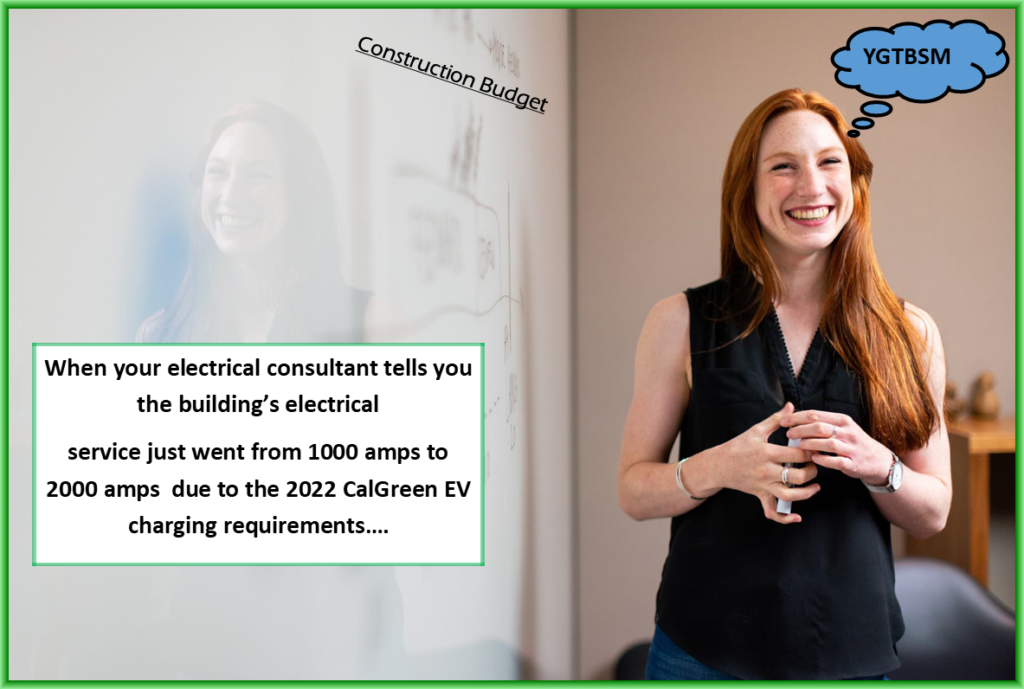
Why Does California Need More EV Charging Stations?
Electric vehicles are one of the most effective ways to reduce carbon pollution and improve air quality, especially in California’s urban locations. However, the state needs to have the infrastructure in place to encourage the purchase of electric vehicles.
The greatest limitation to electric vehicle acceptance is no longer cost, or concerns over the technology. Costs have come down and the technology has been proven. The key remaining hurdle is the limited number of charging stations throughout the state.
The goal is to have charging stations every 50 miles on interstate highways, but California has a long way to go. Hand in hand with this goal is the need to make electric vehicle charging stations available in the places we live and work.
The recently passed Infrastructure Law is making over $56 million available to California this year to help expand the network of electric vehicle charging stations across the state. This is an important step to making personal and commercial transportation cleaner.
While EV charging is a priority at the state level for highway access, the building code has added new requirements to address the need for EV charging in residential and commercial buildings.
The following summary is for the 2022 CalGreen Residential and Non-residential Mandatory Measures. This applies to single family homes, duplexes, multi-family residential units, motels, and hotels. The last portion of the article deals with the non-residential requirements.
2022 CalGreen Code Residential EV Charging Requirements
One and Two Family Dwelling Units
There are no significant changes between the 2019 CalGreen Code and the 2022 code for one and two family residences. They did clarify that where the electric vehicle charging requirement would affect the local utility infrastructure, an exception may apply. Presumably this might occur in a larger residential development where PGE or So Cal Edison doesn’t have the power available to handle the EV charging loads of 40 amps per residence.
New Multi-family Dwellings and Hotels and Motels
It is in this section of the CalGreen Code that the major changes occur. In true code-writer fashion the CEC chose the most confusing language to describe the new requirements. I’ll admit that the only way I could understand the requirements was to create two imaginary projects and see how the requirements might apply.
The 2022 code also added “new residential parking facilities” into this section of the code.
The CalGreen Code separates this category into two groups – those buildings with less than 20 dwelling units and those with 20 dwelling units or more.
First, let’s understand the difference between Level 1 EV and Level 2 EV charge stations.
The main difference between Level 1 and 2 charge stations are the voltage that they operate at. Level 1 operates on 120 volt while Level 2 operates on 208/240 volt.
A Level 1 EV charger is a portable charger that can be plugged into any 120 volt outlet. Level 1 EV charging uses the charging cord that comes with your car to charge your vehicle. Your car will get a range of about 5 miles for every hour of charging.
Level 1 charging is the least expensive and most convenient charging option, as 120v outlets are readily available. Level 1 works well for drivers and vehicles that travel an average of less than 40 miles a day.
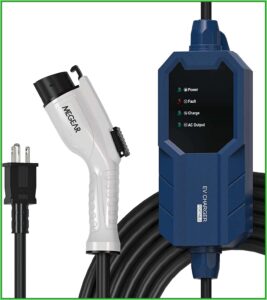
Level 1 Portable EV Station, 120 Volt
A Level 2 EV charger runs at higher input voltage and is permanently wired to a dedicated 240 volt circuit in a garage or driveway. Level 2 chargers can run up to 80 amps and charging is much faster than a Level 1 charger. An 8-hour charge provides 200 miles, or more, of driving range. These chargers can cost from $500 to $2000.
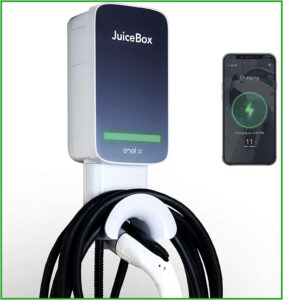
Level 2 EV EVSE Charger – 208/240 Volt
The language in the 2022 CalGreen Code is not easy to understand as it was written to cover different types of buildings and conditions. At first glance it can seem contradictory.
Let’s take two different project examples and see how the charging requirements would apply. The following is the description of the two projects, we’ll call them Project A and Project B.
Project A: A 19 unit apartment building with 19 parking spaces total.

Project A – 19 Unit Apartment Building
Project B: A large hotel with 100 sleeping rooms (dwelling units) plus banquet facilities. There are 500 parking spaces of all types, total (100 for hotel guests plus 400 for the banquet facility).

Project B – Large Hotel
EV Capable
First, lets take a look at the EV Capable requirements for the two projects. “EV Capable” means that you must provide the electrical panel space, and empty conduit (no wire), and a termination box for a future 120 volt, 40 amp circuit.
CG 4.106.4.2.1.1 EV Capable (Note that the EV Capable requirements are the same for less than 20 units and 20 units or more (CG 4.106.4.2.2.1)).
Ten (10) percent of the total number of parking spaces on a building site, provided for all types of parking facilities, shall be electric vehicle charging spaces (EV spaces) capable of supporting future Level 2 EVSE. Electrical load calculations shall demonstrate that the electrical panel service capacity and electrical system, including any on-site distribution transformer(s), have sufficient capacity to simultaneously charge all EVs at all required EV spaces at a minimum of 40 amperes.
Notes:
a. Construction documents shall show locations of future EV spaces.
b.There is no requirement for EV spaces to be constructed or available until receptacles for EV chargers are installed for use.
Project A: EV Capable Requirements
19 parking spaces x 10% = 1.9. Therefore 2* EV Capable parking spaces must be shown for future locations of EV charging spaces on the site plan(s).
* The code does not explain how numbers are to be rounded off. In the 2019 code there was an accompanying table that clarified this. There is no accompanying table in the 2022 code.
Project B: EV Capable Requirements
10% of the total number of all types of parking spaces need to be shown as the future locations of EV charging spaces on the site plan(s). In our example 50 spaces would need to be EV Capable (500 x 10%). This allowance is at the panel board/electrical service only. No infrastructure is required.
EV Ready
Next, let’s take a look at the EV Ready requirements for the two projects. “EV Ready” means a fully wired and ready for use 208/240 volt, 40 amp receptacle, or charge station. This can be a little confusing because EV Ready can be either a prewired 208/240 wall outlet that you might provide for an apartment building. Or it can mean a stand-alone charge station similar to the Tesla stand-alone chargers that you see in public places.
CG 4.106.4.2.1.2. EV Ready (Note that the EV Ready requirements are the same for less than 20 units and 20 units or more (CG 4.106.4.2.2.2)).
Twenty-five (25) percent of the total number of parking spaces shall be equipped with low power Level 2 EV charging receptacles. For multifamily parking facilities, no more than one receptacle is required per dwelling unit when more than one parking space is provided for use by a single dwelling unit.
Project A: EV Ready Requirements
25% of the total parking spaces must be EV ready, in this case 20 spaces x .25 = 5 Level 2 EV receptacles are required to be installed.
Project B: EV Ready Requirements
25% of the dwelling unit spaces must be EV ready, in this case 100 spaces x .25 = 25 Level 2 EV receptacles are required to be installed.
EV Chargers (Level 2 EVSE)
Lastly, lets take a look at the EV Charger requirements. The code requires the use of Level 2 EVSE chargers under this section. “EVSE” stands for Electric Vehicle Supply Equipment. These are stand-alone chargers that are required to be installed in common use parking areas. They are 208/240 volt, 40 amp power supply units.
3. CG 4.106.4.2.2.3 5% EV Chargers (For projects with 20 or greater dwelling units only)
5% of the total number of parking spaces shall be equipped with Level 2 EVSE. Where common use parking is provided, at least one EV charger shall be located in the common use parking area and shall be available for use by all residents or guests.
Project A: EV Charger Requirement
No requirements as this code section only applies to projects with 20 or more dwelling units.
Project B: EV Charger Requirement
5% of the total parking spaces must be Level 2 EVSE. So 100 x 5% = 5 Level 2 EVSE chargers required (with at least one provided in a common use parking area, if provided.)
The CalGreen Code goes into further detail as to where and how the receptacles or charging stations are to be installed and wired. The design team should review these additional requirements carefully.
The Impact on Building Electrical Loads
What is important to note here is the required electrical load on the building. Looking at Project B, above, the electrical service and main panel board is required to be sized for the following load:
50 EV Capable spaces x 40 amps = 2000 amps
25 EV Ready spaces x 40 amps = 1000 amps
5 Level 2 charges x 40 amps = 200 amps
Total = 3,200 amps!
That is a massive electrical load, even for a large facility. The costs for the electrical service, including transformer, conduit, and main panel board are going to be very significant to the project budget.
To be fair the code (4.106.4.2.2.3) does allow a provision for an Automatic Load Management System (ALMS) to reduce the instantaneous demand, however such a system will not be cheap, either.
The important take-away here is that if you have a hotel, motel, apartment building, or condo project it would behoove you to get your electrical engineer engaged early to ensure you understand the impact on your budget. It could be shocking…
2022 CalGreen Code Non-Residential EV Charging Requirements
The 2022 CalGreen Code Mandatory Measures for non-residential projects has changed in its entirety. This section applies to all new non-residential buildings. This does not apply to alterations to an existing non-residential building. However, many jurisdictions are adding amendments to the CalGreen Code. Your design team should always check the current and published Municipal Code for any possible additions or changes.
CG 5.106.5.3.1. EV Capable Spaces
EV capable spaces shall be provided in accordance with Table 5.106.5.3.1 and the following requirements.

Note that the major change from the 2019 code is the addition of required EVSE spaces. To be clear the EVSE stands for electric vehicle service equipment. In plane language, the EVSE noted in the table means “installed charging receptacles or permanently installed chargers”. These are the number of charging receptacles/stations that are required to be fully installed.
Section 5.106.5.3.2 adds that the required chargers may be Level 2 or Direct Current Fast Charging (DCFC) chargers (think Tesla Supercharger). It further notes that at least one of the chargers must be a Level 2 charger.
CG 5.106.5.4. EV Charging: medium and heavy-duty
The 2022 code has added all-new requirements for new grocery stores, retail stores with planned off-street loading, and warehouses.
In order to avoid future demolition when adding EV supply and distribution equipment, spare raceway(s) or busway(s) and adequate capacity for transformer(s), service panel(s) or subpanel(s) shall be installed at the time of construction in accordance with the California Electrical Code.
The code requires the following infrastructure to be installed for new buildings in this category. This includes raceways, service panels, transformers, distribution, and panels appropriately labeled for future EV charging circuits.

Summary
The 2022 CalGreen Code EV charging requirements are a huge step forward in the progress of the electric vehicle movement. It will further the transition from harmful combustion engines and towards a cleaner (and quieter!) future. However, the cost for these changes are not insignificant. The greatest impact will be to the electrical service size and the systems necessary to provide for the high-demand electrical loads presented by these chargers.
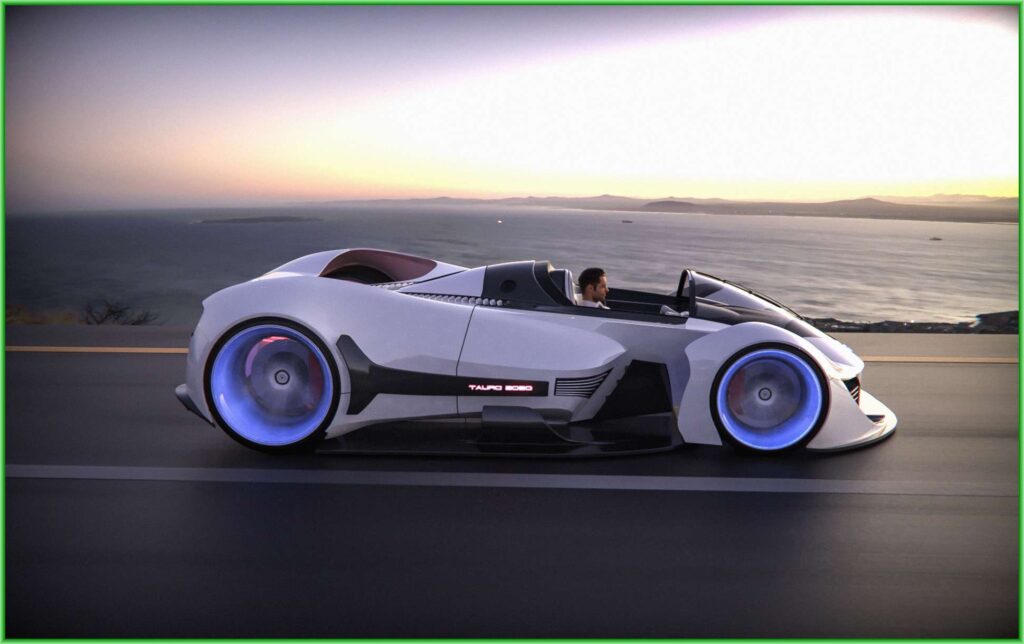
Please Note:
Those who have worked with me, or have read information on my website, know that I am always happy to share my knowledge on the CalGreen Code. However, the EV charging requirements have created such a flood of information requests, that it is negatively affecting my business. I can no longer accept inquiries on the EV charging requirements of the CalGreen Code. Nor do I wish to act as a consultant on this subject.
If you have questions on this code I suggest you try calling the California Energy Commission, Building Energy Efficiency Standards, at 800-772-3300. Or you can email them at title24@energy.ca.gov.
Gary Welch


Gary Welch has over 35 years experience in the field of sustainable building design. He is the CEO of CalGreen Energy Services. Gary is an ICC Certified CalGreen Special Inspector and Plans Examiner.

